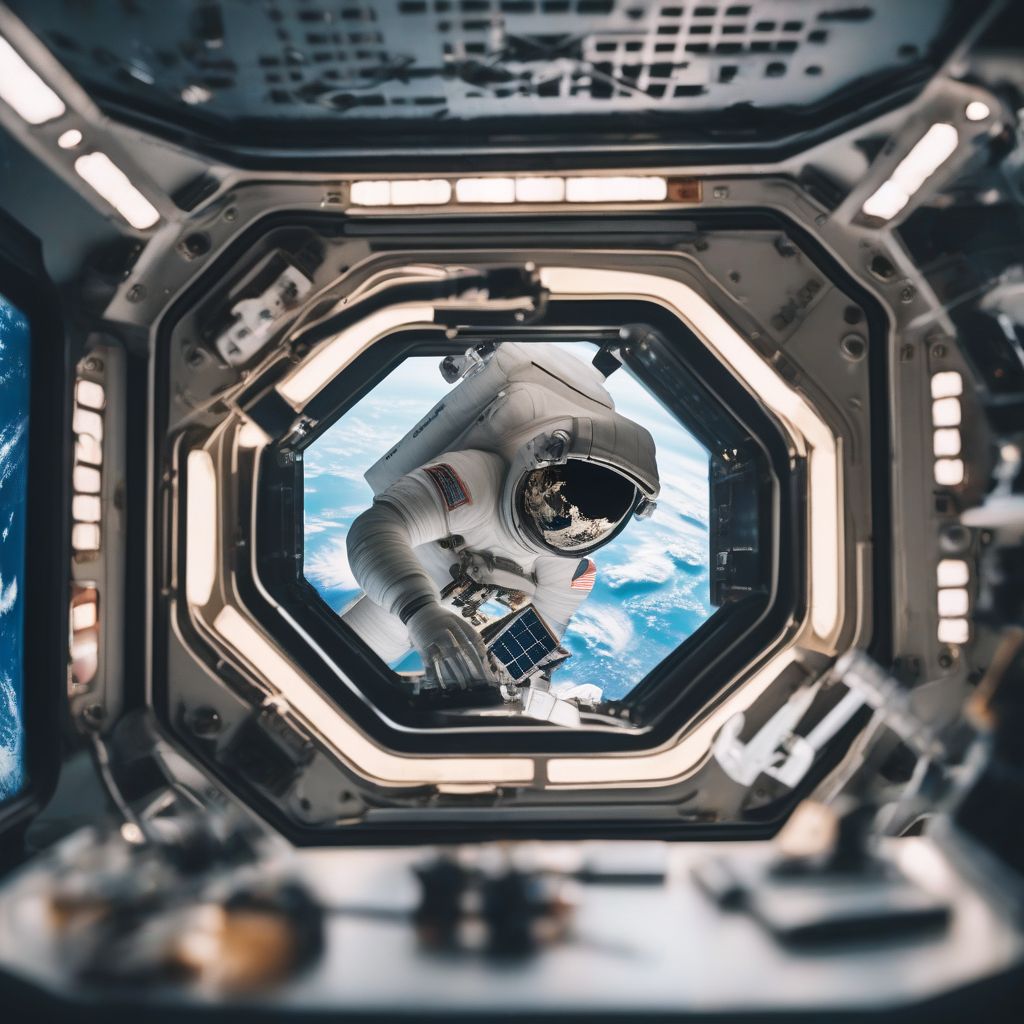Imagine a future where astronauts can create tools and habitats on demand in the vast expanse of space, or where surgeons can print personalized implants perfectly matched to a patient’s anatomy. This isn’t science fiction; it’s the reality 3D printing is building, revolutionizing both space exploration and medical science. From the International Space Station to operating rooms worldwide, 3D printing, also known as additive manufacturing, is pushing the boundaries of what’s possible. This article delves into the transformative impact of this technology on these two seemingly disparate fields, exploring its current applications and the exciting potential it holds for the future.
3D Printing in Space: Building a Future Beyond Earth
The challenges of space travel are immense, particularly when it comes to resource management. Transporting every single tool and component needed for a mission is incredibly expensive and limits flexibility. 3D printing offers a solution by enabling on-demand manufacturing in space.
Manufacturing on Demand in Microgravity
Astronauts can create necessary tools, replacement parts, and even habitats using readily available materials, minimizing the need for costly resupply missions. This self-sufficiency becomes crucial for long-duration missions to the Moon, Mars, and beyond. Imagine repairing a broken rover wheel on Mars with a 3D-printed replacement, a feat recently demonstrated by researchers.
Lightweighting and Design Optimization
3D printing allows for complex, lightweight designs that would be impossible to manufacture using traditional methods. This is especially valuable in space, where every gram counts. Reducing the weight of spacecraft components lowers launch costs and increases payload capacity, enabling more scientific instruments and supplies to be carried.
Enabling Deep Space Exploration
As we venture further into space, the ability to produce essential items in situ becomes paramount. 3D printing could facilitate the construction of lunar bases or Martian habitats using local resources, a concept known as in-situ resource utilization (ISRU). This could drastically reduce the logistical hurdles of establishing a permanent human presence beyond Earth.
 3D Printing in Space
3D Printing in Space
3D Printing in Medical Science: A Personalized Approach to Healthcare
The medical field is undergoing a transformation thanks to 3D printing, which offers unprecedented possibilities for personalized medicine, surgical planning, and the creation of innovative medical devices.
Personalized Implants and Prosthetics
3D printing enables the creation of custom-designed implants and prosthetics tailored to individual patient needs. This allows for a perfect fit, improved functionality, and better integration with the body. From cranial implants to hip replacements, 3D-printed devices are revolutionizing reconstructive surgery and improving patient outcomes.
Surgical Planning and Simulation
Surgeons can use 3D-printed models of organs or bones to plan complex procedures, practice surgical techniques, and anticipate potential challenges. This enhanced visualization and pre-operative planning leads to greater precision during surgery, reduced operating time, and improved patient safety.
Bioprinting: The Future of Regenerative Medicine
One of the most exciting applications of 3D printing in medicine is bioprinting, the creation of living tissues and organs. While still in its early stages, bioprinting holds the potential to revolutionize regenerative medicine by creating functional organs for transplantation, eliminating the need for organ donors and long waiting lists.
Drug Delivery and Pharmaceutical Development
3D printing is being used to create personalized drug delivery systems, tailoring medication release to individual patient needs. This targeted approach can improve drug efficacy and reduce side effects. Additionally, 3D printing is accelerating pharmaceutical development by enabling rapid prototyping and testing of new drug formulations.
 3D Printed Medical Implants
3D Printed Medical Implants
The Future of 3D Printing: A Converging Path
The advancements in 3D printing are blurring the lines between space exploration and medical science. The same technologies used to print a tool on a space station can be adapted to create a surgical instrument or a bioprinted tissue. This convergence of fields promises to accelerate innovation and unlock even greater potential for both.
Conclusion
3D printing is no longer a futuristic concept; it’s a powerful tool transforming space exploration and medical science. From enabling on-demand manufacturing in space to creating personalized medical solutions, 3D printing is pushing the boundaries of what’s possible. As the technology continues to evolve, we can expect to see even more groundbreaking applications emerge, shaping the future of healthcare, space travel, and beyond. What are your thoughts on the potential of 3D printing? Share your insights in the comments below.



